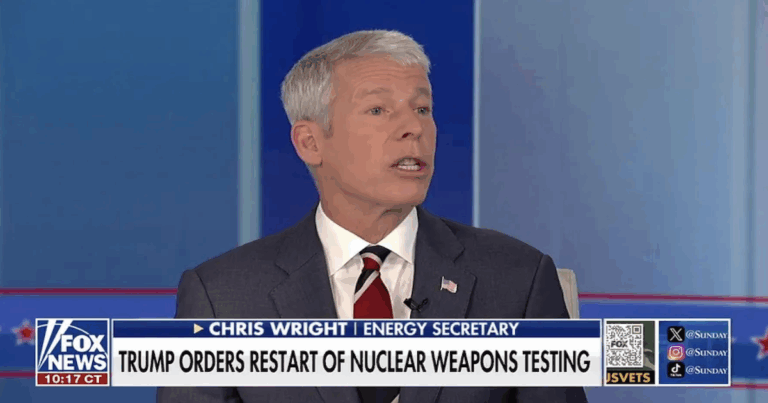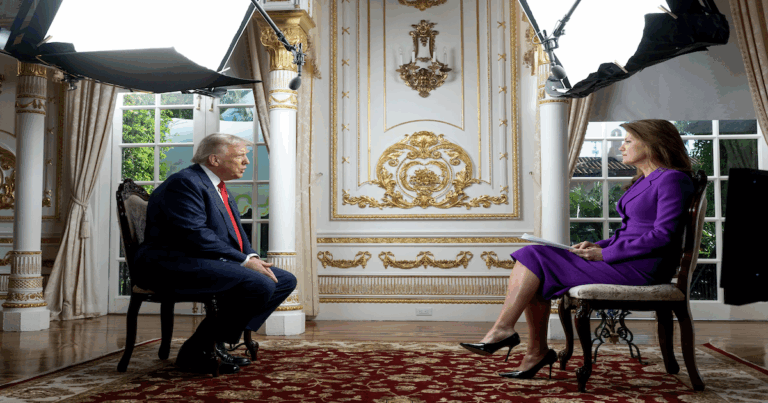Key Takeaways:
- Shutdown Stalls Modernization: Energy Secretary Chris Wright said the prolonged Democrat-led shutdown has forced furloughs of nuclear weapons contractors, delaying vital modernization work.
- National Security Warning: Wright cautioned that if the shutdown continues, the U.S. risks “bigger ramifications” to its ability to maintain global military dominance.
- Trump’s Focus on Strength: Wright reaffirmed President Trump’s commitment to keeping America secure through strong defense and energy independence, calling the Democrats’ inaction “deeply irresponsible.”
Energy Secretary Chris Wright didn’t hold back Sunday, slamming Democrats for dragging out the government shutdown and jeopardizing America’s national security. Speaking on “The Sunday Briefing,” Wright said the shutdown has forced the Trump administration to furlough key nuclear weapons contractors, halting work on modernization projects critical to U.S. defense.
“It’s deeply irresponsible to see the Democrats run this more than a month now,” Wright said. “We ran out of budget gymnastics we could play, and we have to start furloughing workers who are developing our next-generation nuclear weapons and nuclear stockpile.”
Wright made clear that America’s existing arsenal remains secure, but warned that the longer the shutdown continues, the greater the damage to modernization efforts designed to keep the U.S. ahead of its adversaries. “Bigger ramifications in slowing down the modernizing of our nuclear stockpile,” he explained, calling the situation “very frustrating and angering.”
President Trump has made rebuilding America’s military and energy dominance a central pillar of his agenda, from revitalizing domestic energy production to restarting nuclear weapons testing to ensure technological superiority. Wright underscored that commitment: “Is he passionate about keeping us in the lead militarily? Absolutely he is.”
The message was unmistakable: while Democrats play politics, the Trump administration is focused on protecting America’s future. Every day the shutdown drags on, Wright warned, puts America’s defense edge—and countless skilled jobs—at risk. It’s time for Congress to stop the political theater and put the nation’s security back on track.









